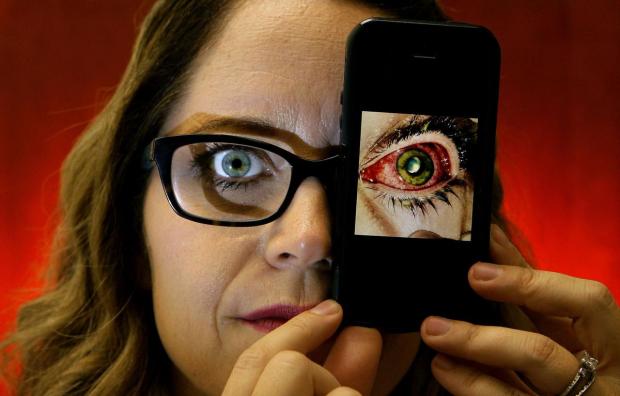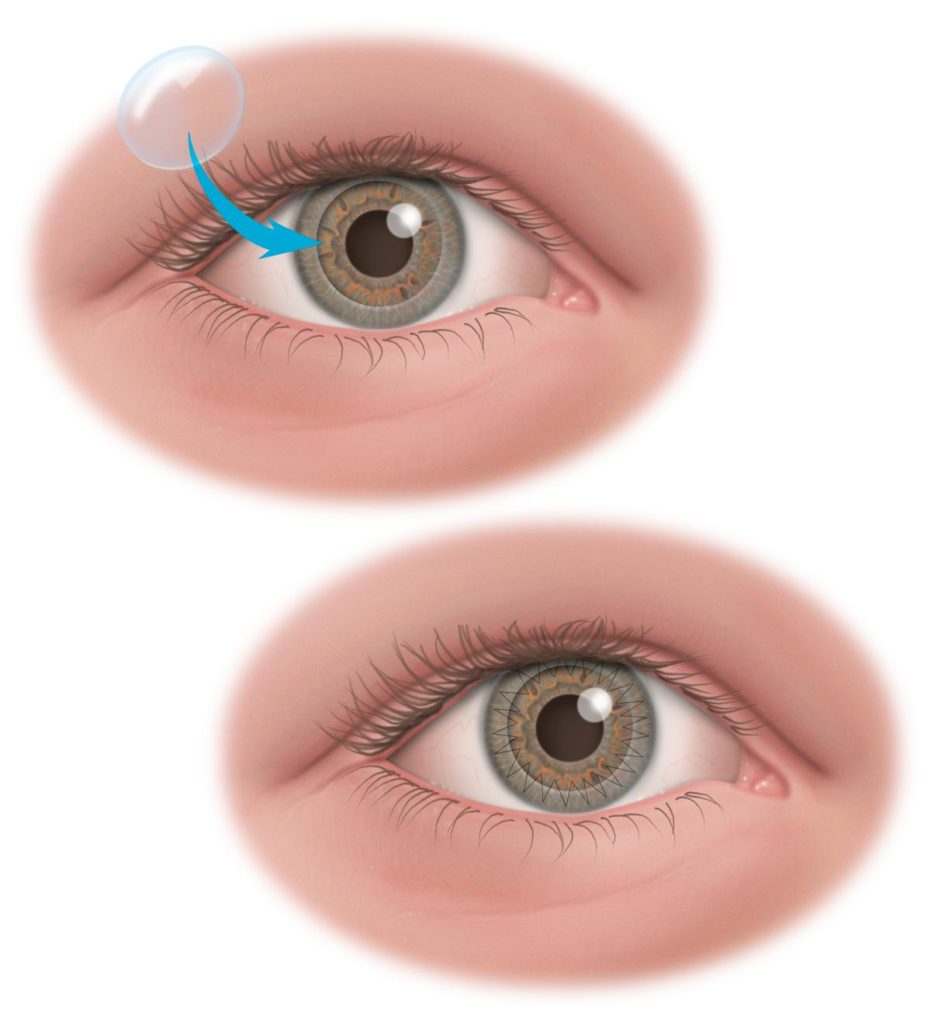What you need to know about Cornea Transplant Procedure
Contents
- 1 What you need to know about Cornea Transplant Procedure
- 2 What does the Procedure Involve?
- 3 How Long Should You Stay at your Destination?
- 4 What’s the Recovery Time Like?
- 5 What Aftercare Should You Consider?
- 6 What is the Success Rate for Cornea Transplant Procedure?
- 7 Are there Alternatives to Cornea Transplant Procedure?
- 8 What Should You Expect Before and After the Procedure?
Cornea Transplant, or keratoplasty or corneal grafting, is a surgical procedure to replace damaged or diseased cornea with a healthy layer of corneal tissue that comes from a donor. The cornea is the clear layer surface of your eye that helps focus light to allow you to see clearly. A cornea transplant can restore your vision, reduce pain or other symptoms associated with diseases of the cornea, and improve the appearance of your damaged cornea.

What does the Procedure Involve?
There are three types of cornea transplant: penetrating keratoplasty (PK), partial-thickness cornea transplant, and endothelial keratoplasty. The three are performed under local anesthetic and sedative. The most common type is penetrating keratoplasty, during which your surgeon replaces all layers of your cornea.
How Long Should You Stay at your Destination?
Plan to stay in the local area for around 10 to 14 days or until your doctor says it is okay for your travel home because you will have to attend follow-up hospital checkups to have your eyes checked. If your surgeon used dissolving stitches, you will not need for stitches to be removed, but you still need to allow your eye to heal before flying back home.
What’s the Recovery Time Like?
Your eyes will be red and sensitive to light for a few days, make sure you rest as much as possible during this period. It can take a year or more for your eye to fully recover, but talk to your surgeon as to when you can get back to your normal routine, exercise, and work.
What Aftercare Should You Consider?
After the surgery, you will need to protect your eye from injury, avoid pressing or rubbing your eye, and wear eyeglasses or an eye shield to protect your eyes. Your surgeon will give you eye drops, be sure to take it as prescribed. Your surgeons will also give you aftercare instructions, be sure to follow the instructions carefully.
What is the Success Rate for Cornea Transplant Procedure?
A cornea transplant is effective, safe, and has a high success rate. However, 3 out of 10 people who have a cornea transplant experience organ rejection, which is a problem that occurs when the body’s immune system sees the transplanted tissue as something that should not be there. Other side effects and risks of Cornea transplants include infection, bleeding, glaucoma, cataracts, detached retina, and swelling of the cornea.
Are there Alternatives to Cornea Transplant Procedure?
The alternatives for cornea transplant are contact lenses, phototherapeutic keratectomy (PTK), intrastromal corneal ring segments, and corneal collagen cross-linking. Make sure to discuss with your doctor the best option for your eye.
What Should You Expect Before and After the Procedure?
If you experience any painful symptoms before the procedure, you will not feel those symptoms anymore after a cornea transplant. Also, if your vision is impaired before the procedure, a cornea transplant will improve your vision so you will have close to 20/20 vision.
For an in-depth analysis of a Cornea Transplant Procedure, watch this short video.
To check prices or to book a Cornea Transplant Procedure in Thailand or anywhere else in the world, head on over to MyMediTravel now!

